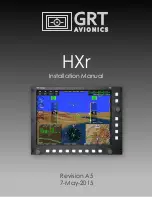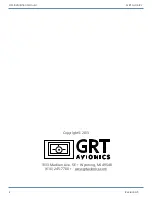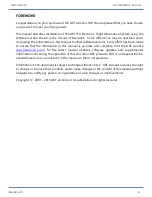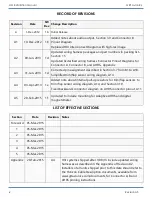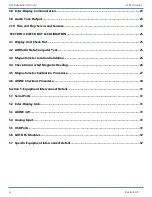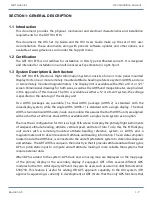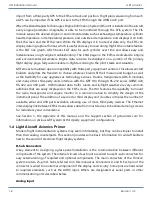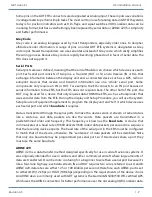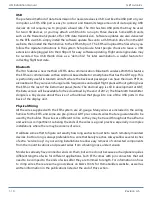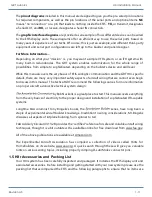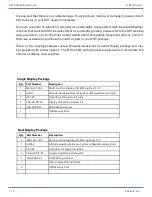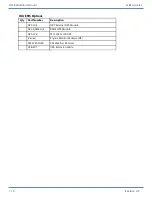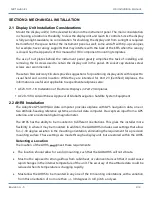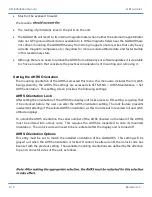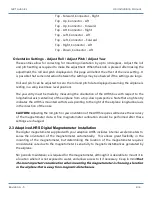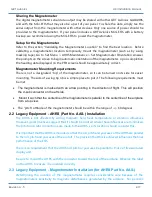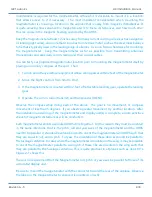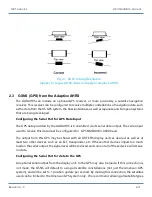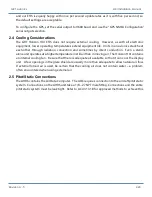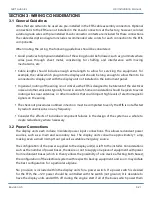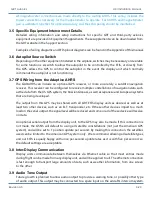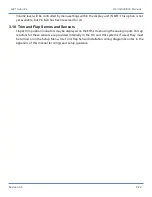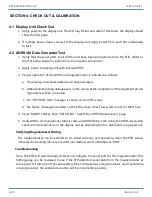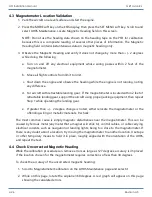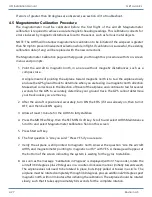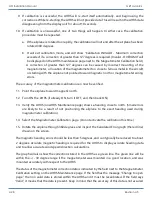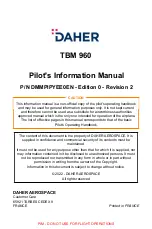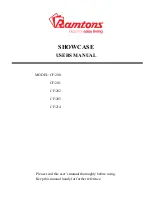
GRT Avionics HXr Installation Manual
Revision A -5 2-14
SECTION 2: MECHANICAL INSTALLATION
2.1 Display Unit Installation Considerations
Mount the display unit(s) in the desired location in the instrument panel. The main consideration
in choosing a location is the ability to view the display unit and reach its controls. Since the display
is fully sunlight-readable, no consideration for shielding the display unit from sunlight is required.
Be mindful of the space behind the instrument panel as well; some aircraft with tip-up canopies,
for example, have canopy supports that may interfere with the back of the EFIS when the canopy
is closed. See the Appendix of this manual for HXr component mounting templates.
The use of nut plates behind the instrument panel greatly simplifies the task of installing and
removing the 6 screws used to retain the display unit in the panel. #6 socket cap stainless steel
screws are recommended.
These two FAA Advisory Circulars provide suggestions for positioning display units with respect to
visual field and control location: While they are intended for Part 23 (Certified) Airplanes, the
information is useful and applicable to experimental airplanes also:
Ÿ
AC23.1311-1B Installation of Electronic Displays in Part 23 Airplanes
Ÿ
AC 20-138A Airworthiness Approval of Global Navigation Satellite System Equipment
2.2 AHRS Installation
The Adaptive GPS/AHRS/Air data computer provides airplane with GPS navigation data, one or
two attitude-heading reference systems, and an air data computer. It accepts an input from a GPS
antenna, and an external digital magnetometer.
The AHRS has the ability to be mounted in 8 different orientations. This gives the installer more
flexibility in where it may be mounted. In addition, the GADARHS includes user settings that allow
for +/-30 degree variation in the mounting orientation, eliminating the requirement for a precision
mounting surface. These settings are made through a display unit, but are stored within the AHRS.
Selecting a Location
The location of the AHRS
meet these requirements:
·
The location should allow for a solid mounting, such that the GADAHRS will not vibrate.
·
Must not be exposed to strong airflow from cabin heat, or cabin vent air such that it could cause
rapid changes in the internal temperature of the unit. The accuracy of the attitude data could be
reduced when its temperature is changing rapidly.
·
Must allow the AHRS to be mounted in any one of the 8 mounting orientations, with a variation
from this orientation of no more than +/- 30 degrees in roll, pitch, and yaw.

